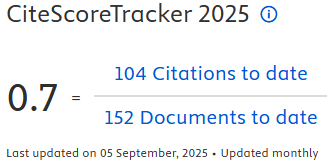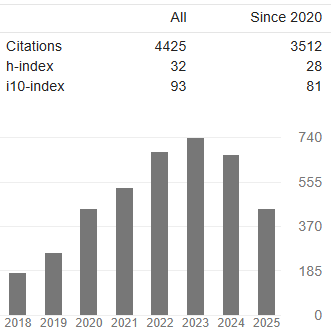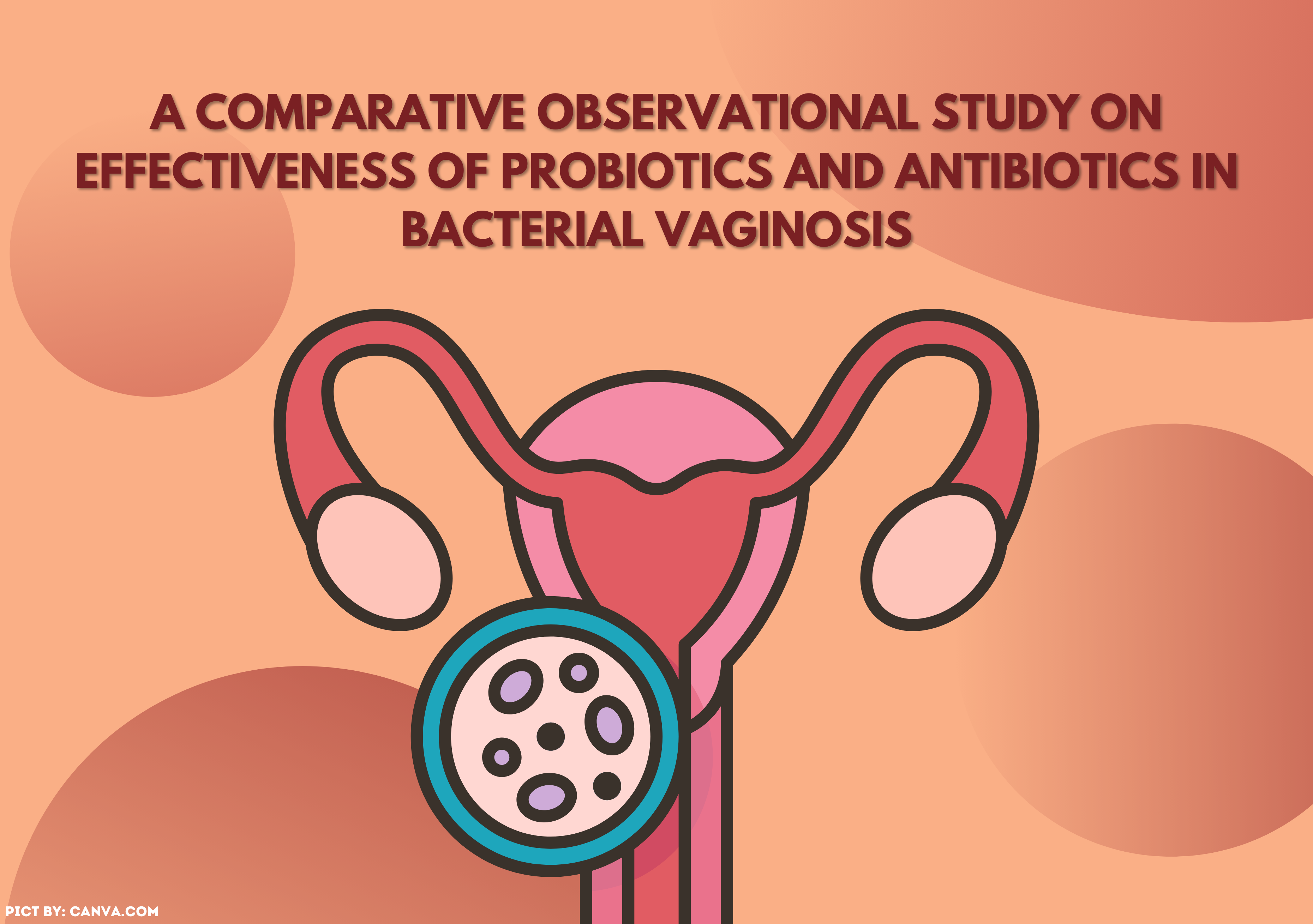THE ROLE OF INDIVIDUAL AND COMMUNITY FACTORS ON THE USE OF LONG-TERM CONTRACEPTIVE METHODS (MKJP) ON WOMEN OF REPRODUCTIVE AGE COUPLES IN INDONESIA 2018
Downloads
ABSTRACT
This research discussed the role of individual and community factors on the use of Long Term Contraceptive Method (MKJP) in women of reproductive age couple by region in Indonesia in 2017. The study design follows the advanced analysis design of RPJMN BKKBN survey data that was cross-sectional design. The sample of research on RPJMN survey was women of reproductive age couple. Data were analyzed by Multilevel Logistic Regression analysis. The results showed that the Proportion of women of reproductive age couples using long-term contraceptive methods (MKJP) in Java Bali (27.2%) more than high than Outside of Java Bali I (22.9%) and Outside of Java Bali II (20.2%). Multilevel analysis results showed that there are variations between provinces of MKJP used in women of reproductive age couple in the area of Indonesia Java Bali and Outside of Java Bali I of 1.4 and 1.3 in the area of Outside of Java Bali II. Based on the results, BKKBN recommended implementing MKJP usage program that takes into account the area aspect and cannot be uniform for all provinces in Indonesia.
Keywords: Contraception MKJP, Women WUS
Abebaw Gebeyehu, A.E., 2015. Determinants of Long Acting and Permanent Contraceptive Methods Utilization among Married Women in Hossana Town, Southern Ethiopia: A Case - Control Study. Journal of Pregnancy and Child Health. https://doi.org/10.4172/2376-127X.1000165
Amiranty, M., 2003. Faktor-faktor yang berhubungan dengan Pemakaian Metode Kontrasepsi Jangka Pada Akseptor KB di Propinsi Maluku dan Papua pada Tahun 2001 (Analisis Data Sekunder Sosial Ekonomi Nasional 2001). Universitas Indonesia.
Ayaga A. Bawah, James F. Phillips, G.W., 2005. Does Women's Relative Income Predict Contraceptive use in Ghana? An Assessment Using Bargaining Theory. International Union for Scientific Study of Population.
Dewi, N., 2014. Rendahnya Keikutsertaan Pengguna Metode Kontrasepsi Jangka Panjang. Universitas Airlangga.
Eshete, A. and Adissu, Y., 2017. Women's Joint Decision on Contraceptive Use in Gedeo Zone, Southern Ethiopia: A Community Based Comparative Cross-Sectional Study. International Journal of Family Medicine, 2017, pp.1–9. https://doi.org/10.1155/2017/9389072
George, T. P., Decristofaro, C., Dumas, B. P., & Murphy, P.F., 2015. Shared Decision Aids: Increasing Patient Acceptance of Long-Acting Reversible Contraception. [online] pp.205–218. Available at: https://doi.org/10.3390/healthcare3020205.
Gordon, C., Sabates, R., Bond, R. and Wubshet, T., 2011. Women's Education and Modern Contraceptive Use in Ethiopia. International Journal of Education, 3(1), p.9. https://doi.org/10.5296/ije.v3i1.622
Hartanto, H., 2010. Keluarga Berencana dan Kontrasepsi. Jakarta: Pustaka Sinar Harapan.
Hosmer, D. W., Lemeshow, S., 2000. Applied Logistic Regression. https://doi.org/10.1002/0471722146
Indira, L.K.T., & Palarto, B., 2009. Faktor-Faktor yang Mempengaruhi Pemilihan Jenis Kontrasepsi yang Digunakan pada Keluarga Miskin.
Indonesian Republic Act Number 52 of 2009 concerning Population Development and Family Development.
Kaggwa, E.B., Diop, N. and Storey, J.D., 2008. The role of individual and community normative factors: A multilevel analysis of contraceptive use among women in union in Mali. International Family Planning Perspectives, 34(2), pp.79–88. https://doi.org/10.1363/3407908
Korhan, K., Goksu Goc., S.T., 2012. Factors Influencing the Contraceptive Method Choice: a University Hospital Experience. Journal of Turkish German Gynecological Association.
Munshi, K. and Myaux, J., 2006. Social norms and the fertility transition. Journal of Development Economics, 80(1), pp.1–38. https://doi.org/10.1016/j.jdeveco.2005.01.002
National Family Planning Coordinating Board, 2017. Survei Indikator Kinerja Program Kependudukan Keluarga Berencana dan Pembangunan Keluarga (KKBK) Rencana Pembangunan Jangka Menengah (RPJMN). Jakarta.
National Family Planning Coordinating Board, Central Bureau of Statistics, M. of H., 1992. Survei Demografi Dan Kependudukan Indonesia 1991. Jakarta.
National Family Planning Coordinating Board, Central Bureau of Statistics, M. of H., 2008. Survei Demografi Dan Kependudukan Indonesia 2007. Jakarta.
National Family Planning Coordinating Board, Central Bureau of Statistics, M. of H., 2013. Survei Demografi Dan Kependudukan Indonesia 2012. Jakarta.
National Institute of Health Research and Development, I.M. of H., 2013. Riset Kesehatan dasar.
Tom A. B. Snijders, 2012. Multilevel Analysis. https://doi.org/10.1007/978-3-642-04898-2_387
Yusuf., A., 2001. Faktor-faktor yang Berhubungan dengan Penggunaan Metode Kontrasepsi Jangka Panjang (MKJP) di Kecamatan Tanjung Batu Kabupaten Ogan Komering Ilir Sumatera Selatan Tahun 2000. Universitas Indonesia.
- The authors agree to transfer the transfer copyright of the article to The Indonesian Journal of Public Health effective if and when the paper is accepted for publication.
- Authors and other parties are bound to the Creative Commons Attribution-NonCommercial-ShareAlike 4.0 International License for the published articles, legal formal aspect of journal publication accessibility refers to Creative Commons Attribution-NonCommercial-ShareAlike 4.0 International License (CC BY-NC-SA), implies that:
- Attribution ” You must give appropriate credit, provide a link to the license, and indicate if changes were made. You may do so in any reasonable manner, but not in any way that suggests the licensor endorses you or your use.
- NonCommercial ” You may not use the material for commercial purposes.
- ShareAlike ” If you remix, transform, or build upon the material, you must distribute your contributions under the same license as the original.































